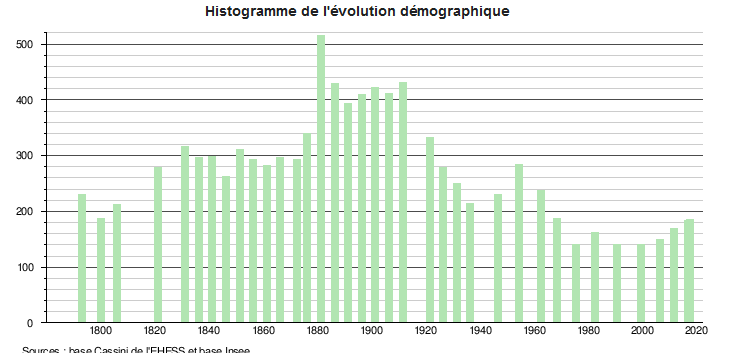HistoryFrom middle-age to our days
Fillols territory doesn't include prehistoric vestiges. However, our more distant ancestors were living in the Conflent hills, which were for them an ideal place to stay (woods, near the plain and a good climate).
Historically, neither the Celts (-500), nor Romans (-121), nor Visigoths have left any traces in the Fillols’ area. After the Saracen invasion, and Roussillon depopulation, Charlemagne conquered this region (811) and pacified it. This is when the Christian era began, and with this religion, the multiplication of rural churches. That is when the village, as we know it, appeared. After the Christian invasion, Roussillon earls from Bésalu and Cerdagne who occupied our county as we know it today, fostered the establishment of big abbeys which created small churches of Roman style all over the region.
Some more history
Fillols, is located on the north face of the Canigou, and we can see the summit at 2785m (9,137 ft).
Fillols name is derived from Fulliolis in latin, meaning "feuillu" in French (leafy in English). It is an agricultural, mining and pastoral village in the middle Conflent, at height of 750 m (2460 ft) in a small valley with the same name.
In Fillols, up until recently, most of the villagers were living with the products from their garden which were cultivated on terraces, and with some breeding of livestock. Up to the second world war, corn and maize were covering "le Pla, le Serrat de la Llose, la Coste" to respond to the village needs. The other part of the fields was for cows, sheep and goats. From 1935, step by step, pears and apples orchards appeared, creating a new source of revenue up to 1970, when some market problems occurred. Today, oak and chestnut tree forests have gradually replaced the major part of the non-cultivated fields.
Fillols was also a mining village providing workers for the iron fields which were operated since the high antiquity up to the shutdown in 1957. The operation of the mines sometimes alternated between intense activity and slow-down or unemployment periods. On the whole, mining has brought a great richness to the region’s economy and significant revenue for the village miners.
Nestled in the high part of a protected valley on the Canigou slopes, Fillols originality and charm comes from the authenticity and life quality that is offered by a mid-mountain village.
Below you see a graph of the permanent population of Fillols from 1800.
